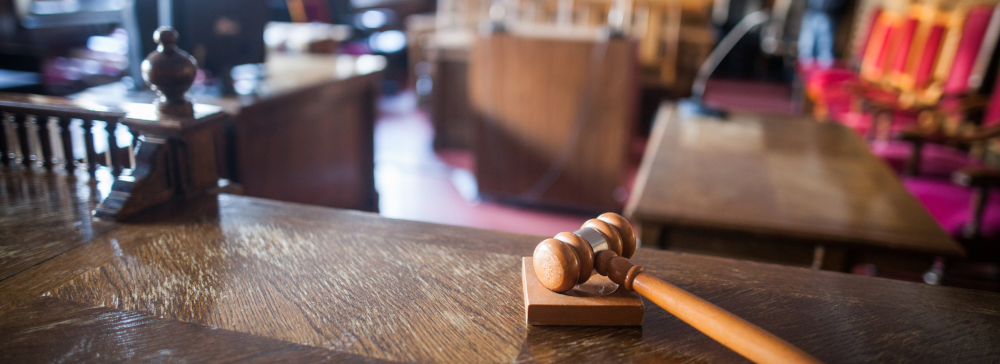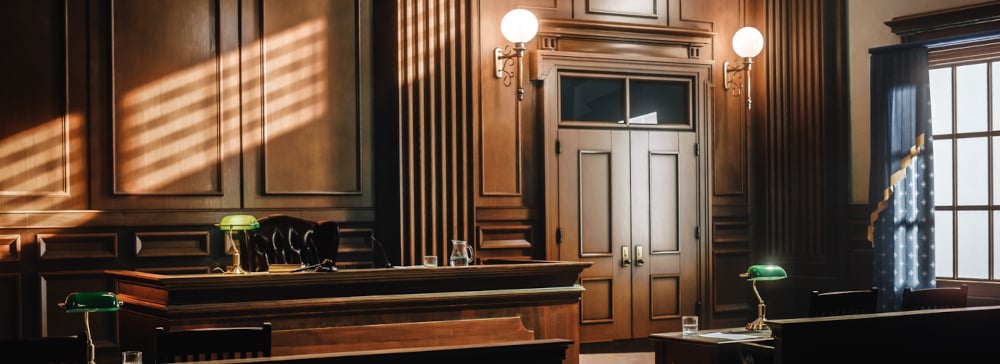Table of Contents
There are many steps that take place when a Boca Raton car accident trial first begins. The first is the discovery process. This takes place from the time the lawsuit is filed until the trial begins. As the case proceeds, more steps must be taken to help ensure a successful result.
To best understand the processes associated with a Boca Raton car accident trial, it is important to consult with an attorney as soon as possible. An experienced car accident lawyer can build a case to help maximize any potential recovery.

After the discovery process, an opening statement is read. This is a preview of the evidence. When a trial is going to commence, around 18 to 24 jurors come up from the jury room, face the judge and lawyers, and are asked questions by those parties.
The judge goes first, plaintiff counsel goes second, and the defense counsel goes third. Typically, questioning in a Boca Raton car accident trial will last around three hours, and finish with about 18 potential jurors. The amount of information that judges and lawyers are able to glean from these jurors in such a situation is minimal.
As questioning concludes, a jury must be picked. Lawyers will often deselect potential jurors instead of select them. First, the lawyers will discuss with the judge potential jurors that cannot be fair and unbiased. The judge may then strike them on their own.
In a typical case, the plaintiff and defendant will each have the ability to remove three people from the progression of jurors. It is important for clients to know this information before filing a lawsuit so they are aware of what to expect in their Boca Raton car accident trial.
An opening statement in a Boca Raton car accident trial is a statement as opposed to an argument. An individual is not allowed to argue during an opening statement. This statement is what the lawyers reasonably expect about the evidence in the case that is about to be presented.
It gives an attorney a synopsis about what is going to happen as the Boca Raton car accident case proceeds. An opening statement will include how the accident happened. A person can tell their version of the story, which must be based on evidence that they anticipate will be introduced at trial.
A person cannot build askew from that. They are making statements that they must be held accountable for later on. At court, a person must be careful about what they say because it must align with their accounts during opening statements.
The plaintiff has the burden of proof in the litigation process of a Boca Raton car accident trials. This means that the injured party and their lawyer must prove the case. This must be proven not beyond a reasonable doubt, but by a preponderance of the evidence, meaning liability of slightly more than 50.1%. To best understand how this process relates to their case, an individual should not hesitate before consulting with a knowledgeable attorney.
As long as the scales tip just a bit in the plaintiff’s favor, then it is a verdict for the plaintiff. Because it is a plaintiff’s burden, the prosecution goes first in opening statements. They will present their case, which details putting out all of the evidence they have, before resting.
When the plaintiff has disclosed all of their evidence, it must stand the test of time. This means that the defense can then move for a directed verdict if they wish. The defendant can claim that there is no basis in law why the plaintiff should be awarded damages, such as no permanent injury or no testimony as to where the accident occurred. Depending on the prosecution’s evidence, an individual’s car accident trial can proceed a number of ways.
There must be sufficient evidence to proceed with trial. If there is not, a judge can say that the case does not stand. This rarely happens, but is a tool that the defense has.
The defendant then has the opportunity to put their witnesses on the stand. The prosecuting attorney than listens to the testimony from the witnesses, and proceeds with questioning the witnesses through cross examination.

In closing arguments, the plaintiff goes first because they have the burden of proof. After they present their case, the defense is able to present their closing arguments.
The plaintiff then has the ability to present a short rebuttal of the defendant’s argument, which is included as part of the closing argument. It is important to note that it is not a closing statement, but a closing argument. At this point, an attorney can begin to tie everything together, paint a picture, and attempt to convince the jury to award the client money.
After hearing these closing arguments, a jury can debate as to whether or not they believe they have been persuaded by either the prosecution or defendant’s arguments, and how the case will rest.
If you are injured and unable to come to us,
our attorney will come to you - there is no charge for us to do so.